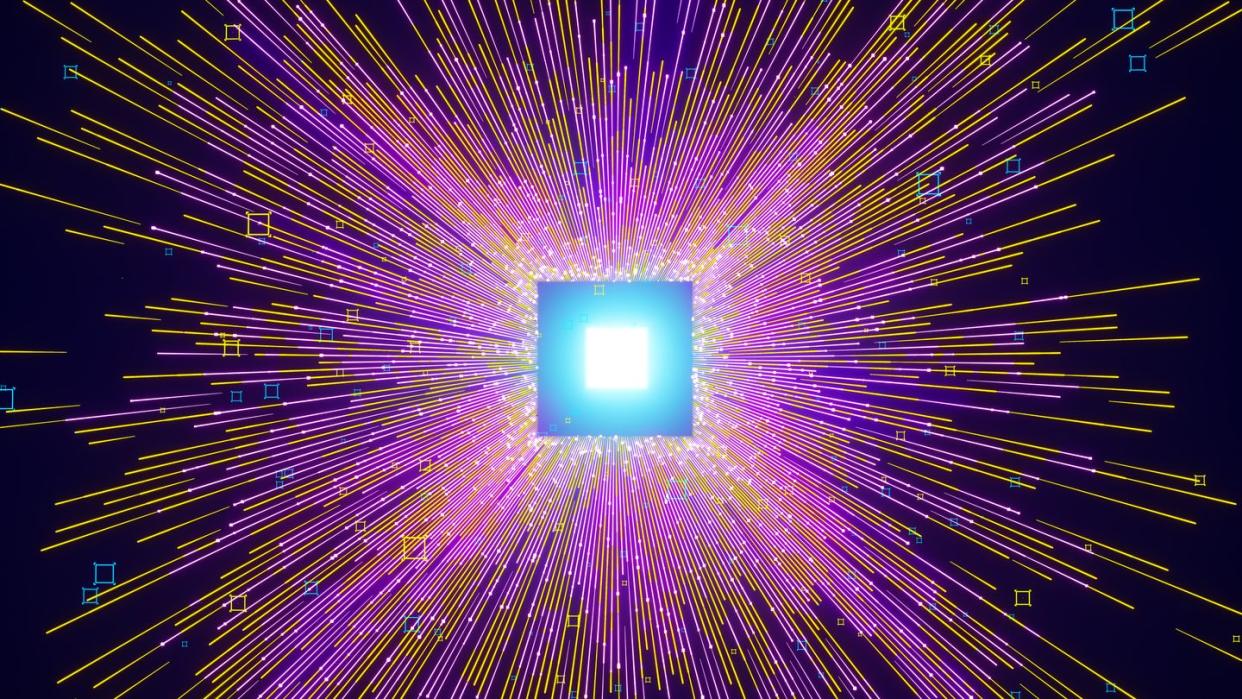A Paradigm Shift in RAM Is About to Make Computing Unstoppable

Every computer needs Random Access Memory (or RAM) for an operating system’s temporary storage, and there’s many ways to achieve this need for memory speed.
One of the leading methods is magnetoresistive memory, which is both ultrafast and non-volatile, meaning it retains data even if power supply is turned off.
Now, a new discovery that analyzes how light interacts with magnets could make MRAM even better than ever before.
Your computer wouldn’t be very useful without RAM, which is short for random access memory. These chips function as the temporary storage for an operating system, and speed is of great importance, as they’re constantly needing to access bits of memory to keep everything running smoothly. For more than two decades, the most advanced version of this technology—magnetoresistive RAM, or MRAM—has been the go-to tech for the kind of intense computing necessary in industrial, military, and space applications.
Now, a new breakthrough discovered by scientists at the Hebrew University of Jerusalem, has illustrated how a mechanism in a laser beam can control the magnetic state in solids, which the scientists describe as a “paradigm shift” in our understanding of the behavior between light and magnetic materials. The results of the study were published earlier this year in the journal Physical Review Research.
“This discovery has far-reaching implications, particularly in the domain of data recording using light and nano-magnets,” Amir Capua, head of the university’s Spintronics lab and study co-author, said in a press statement. “It hints at the potential realization of ultra-fast and energy-efficient optically controlled MRAM and a seismic shift in information storage and processing across diverse sectors.”
RAM works by using incredibly tiny electromagnets that, once magnetized with voltage, can encode as “on” or “off”—1s and 0s in binary speak.
This breakthrough analyzes the often overlooked magnetic properties of light, which led the research team to discover that rapidly oscillating light waves can control magnets—a huge boon in the field of memory and data storage. With their new mathematical equation, Capua and his team were able to describe the strength of this interaction, along with the “amplitude of the magnetic field of light, its frequency, and the energy absorption of the magnetic material,” according to the press release.
Of course, the intersection of magnetism and light is old hat for the quantum realm, but the idea is rarely applied in the realm of spintronics—a portmanteau of “spin” and “electronics” that explores the relationship between an electron’s spin and magnetism. This concept is what lies at the heart of MRAM, which uses an electron’s spin to store information.
“We’ve arrived at a very elementary equation describing this interaction,” Capua told Live Science. “It lets us completely reconsider optical magnetic recording and navigate our way to a dense, energy-efficient, cost-efficient optical magnetic storage device that doesn't even exist yet.”
But thinking of storage devices that don’t exist yet as the era of quantum computers approaches will need to come with quantum-capable RAM as well. Live Science reports that such a technology could use a beam of light to fix a magnetic bit in a superposition of both 1 and 0, similar to how qubits work in quantum computers.
For now, that future is still a ways off. Today, MRAM is only beginning its ascendency in the computing world, but this new discovery gives it a big boost as the memory chip of the future.
You Might Also Like
